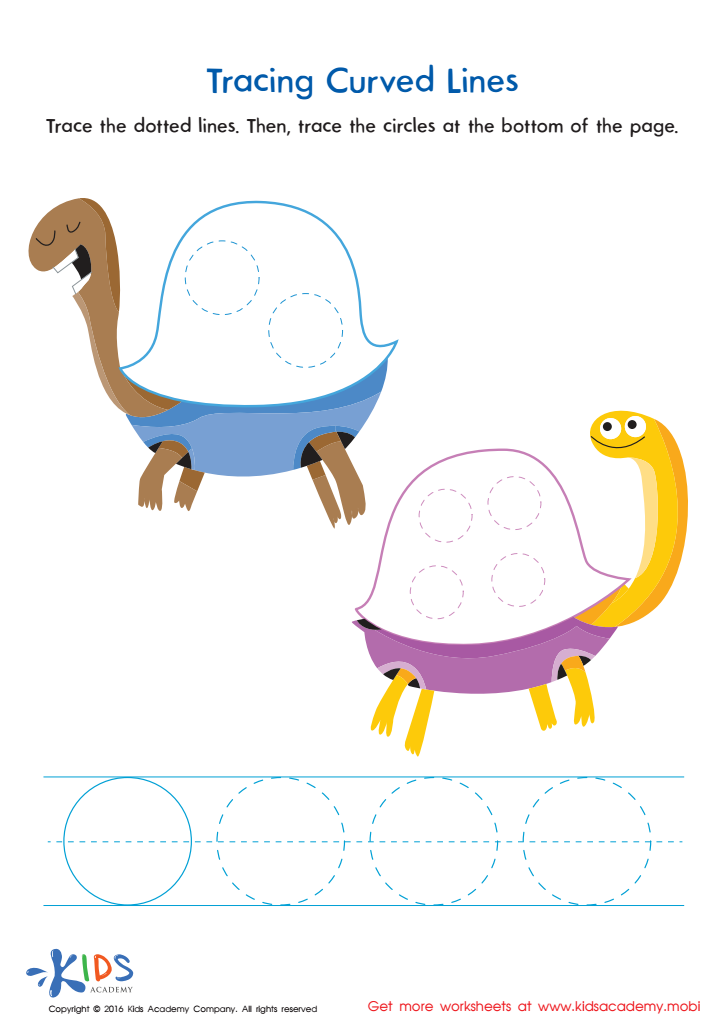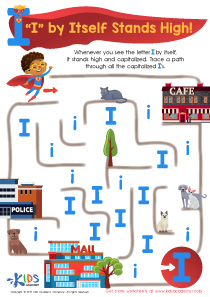Normal Tracing Lines and Curves Worksheets for Ages 5-6
5 filtered results
-
From - To
Looking for engaging learning tools for your little ones? Our Normal Tracing Lines and Curves Worksheets for Ages 5-6 are perfect for developing fine motor skills and early handwriting abilities. Designed with fun and interactive tracing activities, these worksheets help children recognize and mimic lines and shapes essential for writing letters and numbers. Simple yet effective, each sheet inspires confidence as kids trace paths, promoting coordination and control. Ideal for both classroom settings and at-home practice, our worksheets foster foundational skills critical for academic success. Encourage your child's early writing journey today with our expertly crafted tracing worksheets!
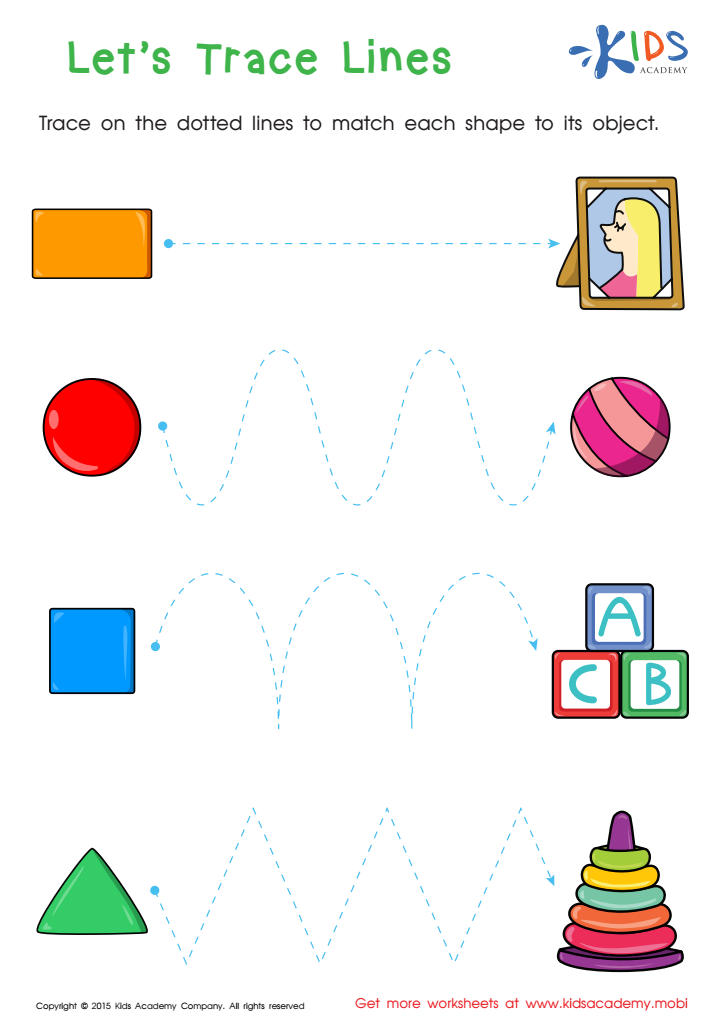

First Words: Let's Trace Lines Worksheet
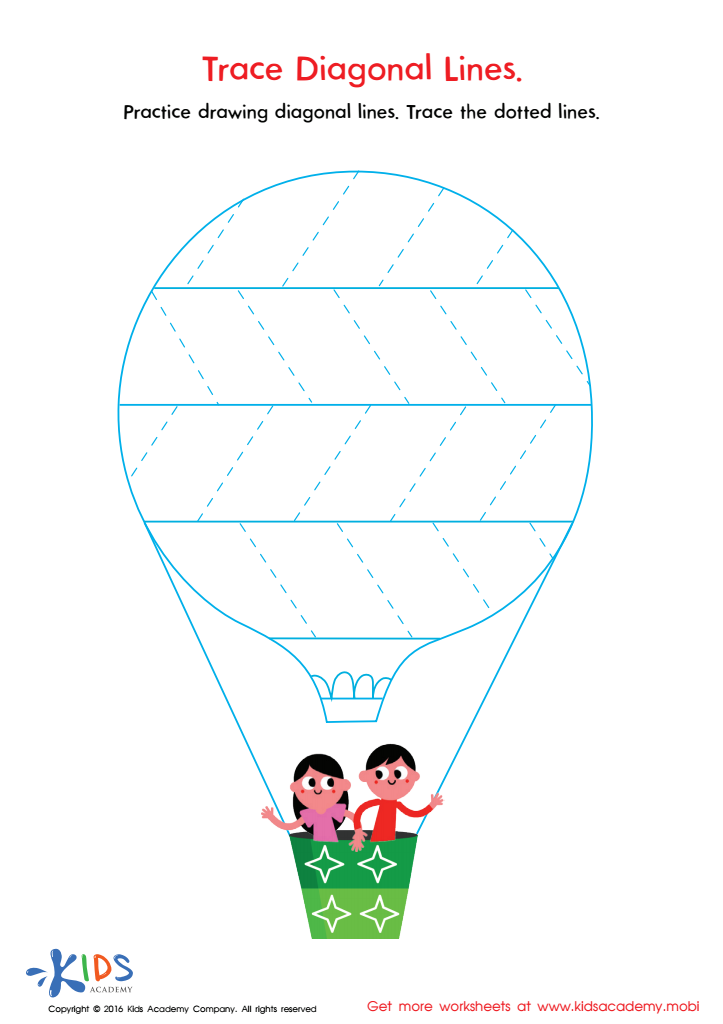

Trace Diagonal Lines Worksheet
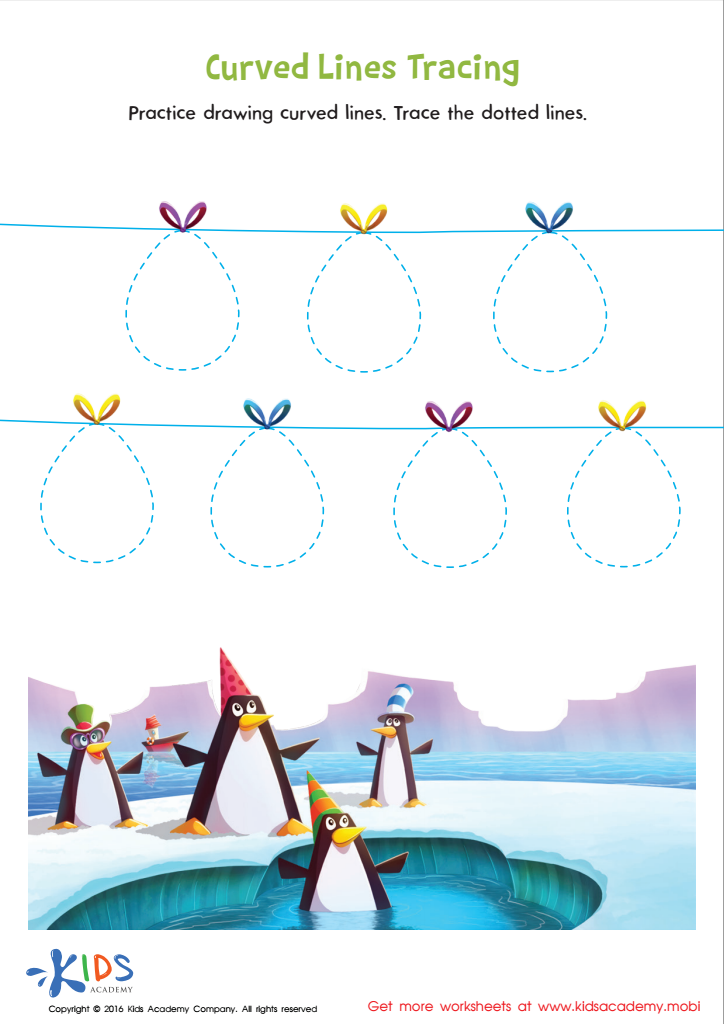

Curved Lines Tracing Worksheet
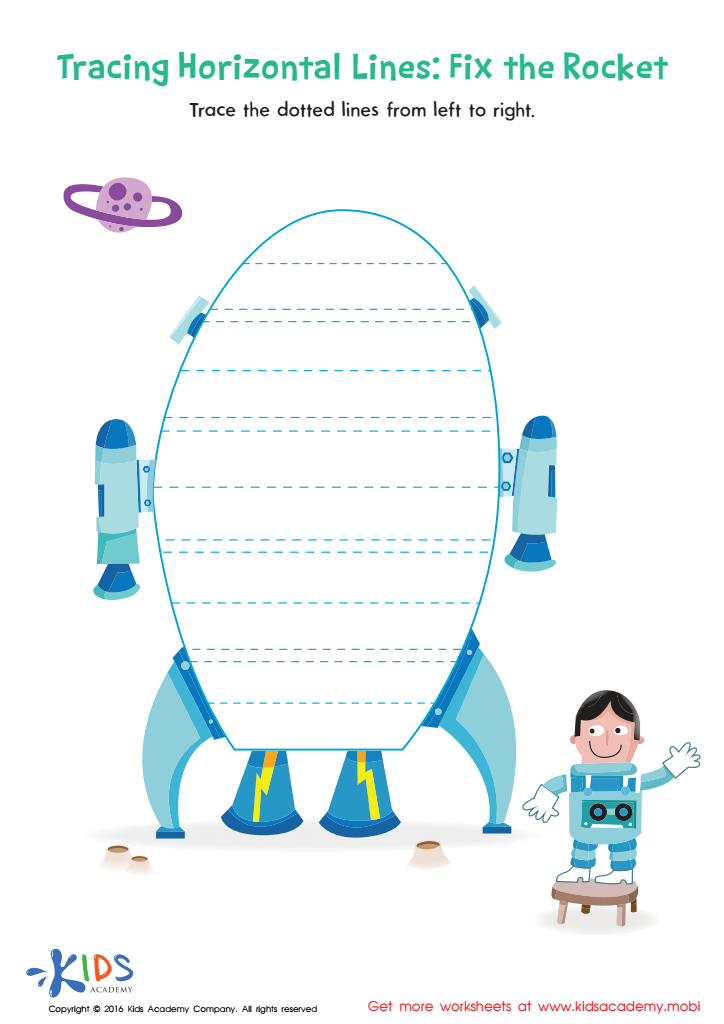

Tracing Horizontal Lines Worksheet
Normal tracing lines and curves are fundamental activities in early childhood education that significantly affect various aspects of a child's development for children aged 5-6. Parents and teachers should care about these activities because they play a crucial role in fine motor skill development. Every time children trace lines or curves, they practice controlling their hand movements. This essential skill lays the groundwork for writing skills, which they need as they transition into mastering letters and numbers.
Furthermore, engaging in tracing exercises helps improve hand-eye coordination. Children learn how to synchronize what they see with their hand movements, thus enhancing their overall dexterity and precision. These activities also encourage concentration and focus, as the task of staying within the lines demands attention and practice.
Additionally, tracing lines and curves help build cognitive abilities like pattern recognition and problem-solving. Recognizing the flow of lines and curves fosters spatial awareness and early geometry concepts, making future learning experiences in math and other subjects more intuitive.
By investing time and attention in these exercises, parents and teachers are not just supporting immediate skill acquisition but are also laying a solid foundation for the child's academic success and everyday practical tasks. Therefore, integrating tracing activities into a child's routine is a pivotal step in holistic developmental nurturing.

 Assign to the classroom
Assign to the classroom
